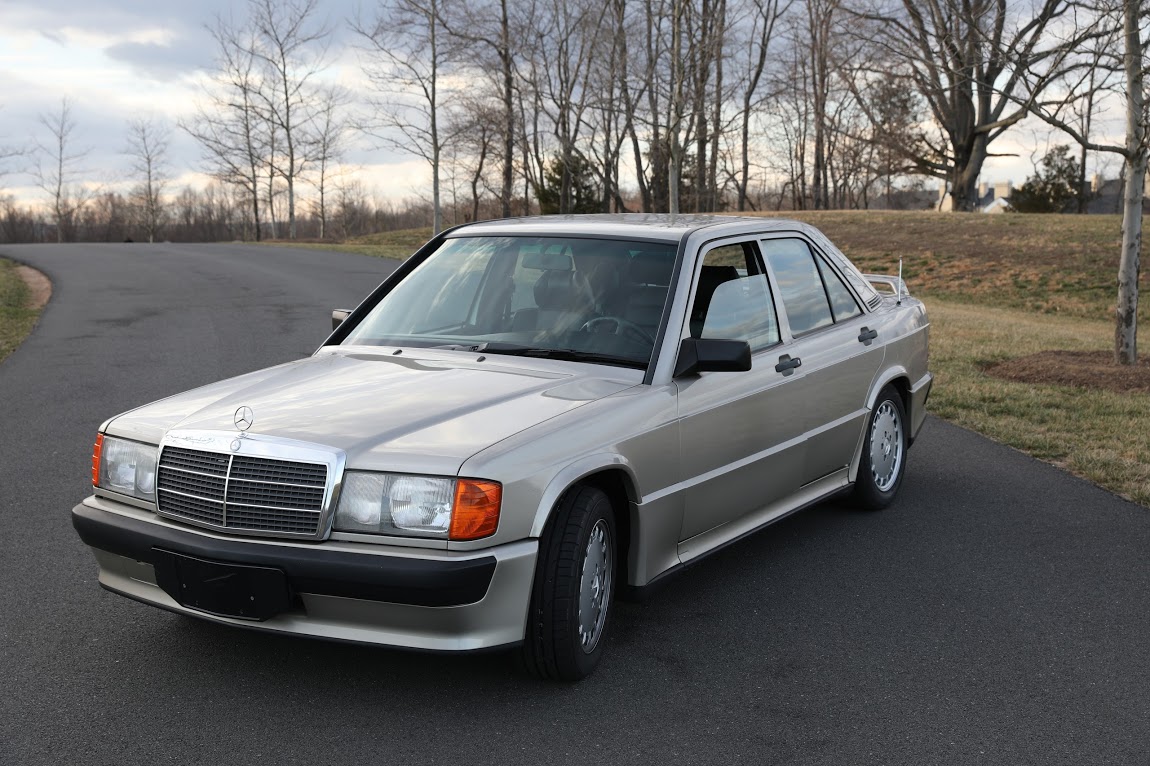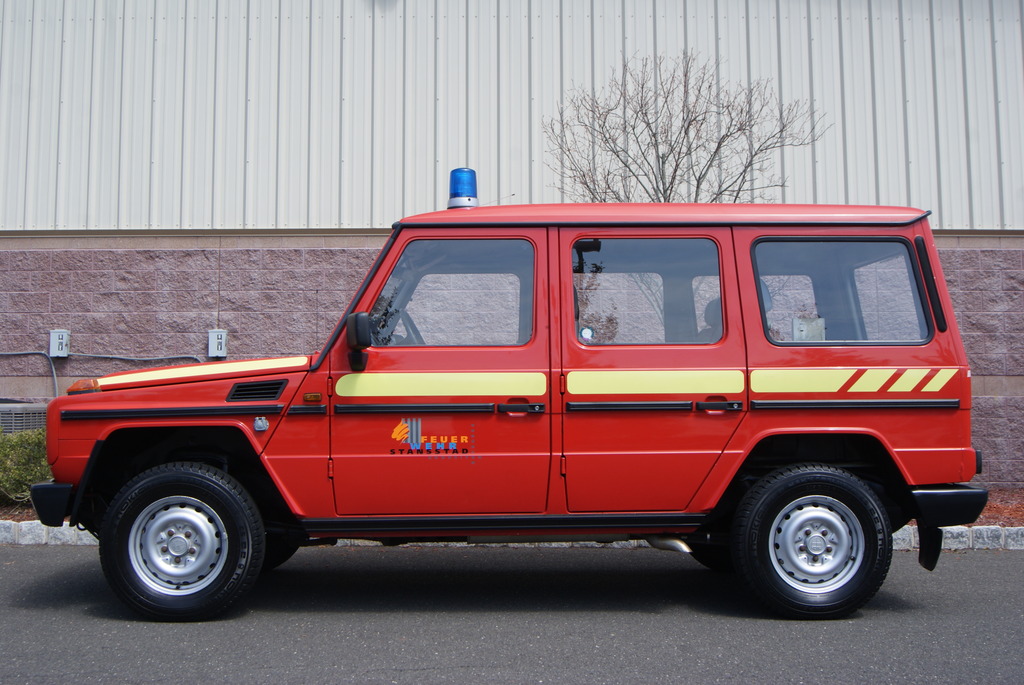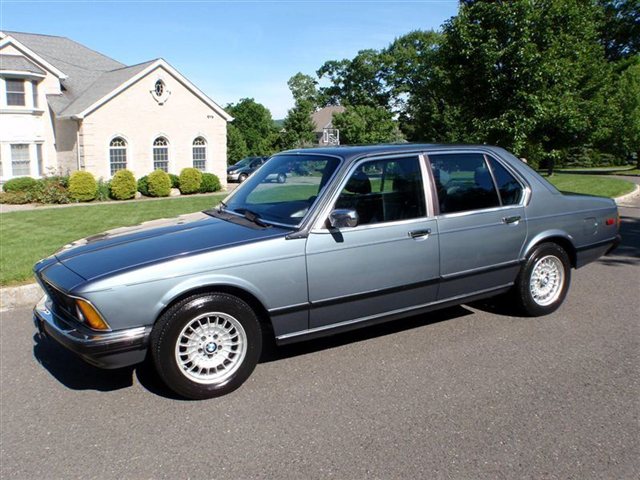Creating the W201 series was a monumental undertaking for Daimler-Benz. Design and prototyping ran through the early days of the 1980s as the company spent 2,000,000,000 DM in development costs for the small chassis to compete against the 3-series. This amount included construction of a new factory in Bremen to help produce the W201. Bruno Sacco, head of Mercedes-Benz styling in the late 1970s and early 1980s, created a compact rendering of the S-class formula which worked well. The chassis brought new refinement to the small executive market, with multi-link independent rear suspension and anti-dive front suspension, along with increased levels of sound deadening and lower wind noise from the aerodynamic design.
Mercedes-Benz wasted little time demonstrating that the new “Baby Benz” was, indeed, worthy of the three-pointed star. The culture within the engineering department was still very much funded with an open checkbook, so no stone was left unturned to created a sedan of unparalleled quality and without compromise. To prove this point, shortly after its introduction Daimler-Benz took three of the newly launched, high-performance 190E 2.3-16 variant to the Nardo test track in Italy. At a time when not many family sedans were able to exceed much more than 110 mph, the diminutive Benz topped 150. But it wasn’t just for a moment; over ten days, the W201s lapped Nardo at a fevered pace, conquering world records in distance over time. First fell the 25,000 km World Record time, then the 25,000 mile one. Ultimately, along with a slew of class records, the 190E 2.3-16s averaged 154 mph for 31,000 miles – yet still returned over 10 mpg.
That achievement signaled the launch of a new level of small sedan performance which soon would be met with improved models from BMW and other marques. And while those subsequent models would go on to be more famous on the race track, the 190E made its mark nonetheless. Following the Nardo record runs, in 1984 Mercedes-Benz handed the keys for 20 identical 2.3-16s to all the Formula 1 stars of the day. The ensuing chaos was enough to make purists cry, but at least one driver who would soon become quite famous took the race seriously. Just like the W201, Senna’s victory at the Nürburgring signaled to the world that there was a new force to be reckoned with; one which quickly would establish itself as a new, higher benchmark.







